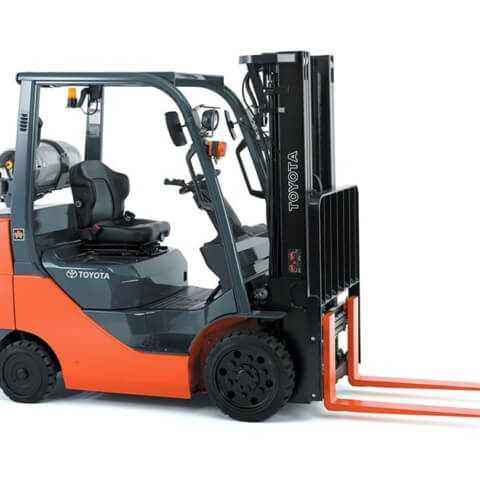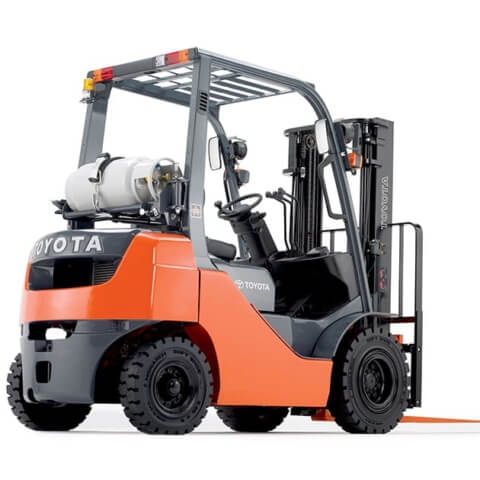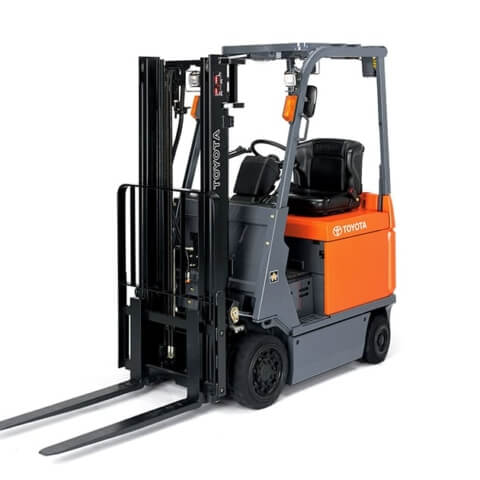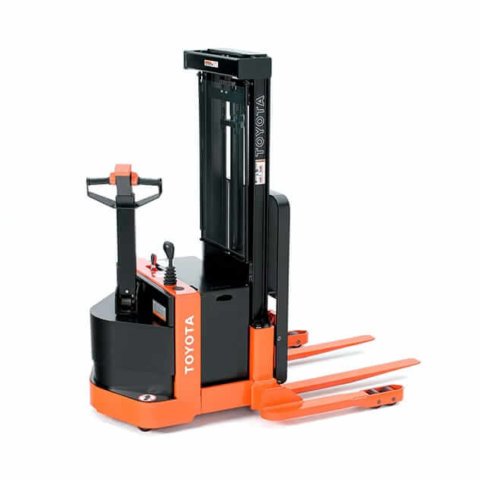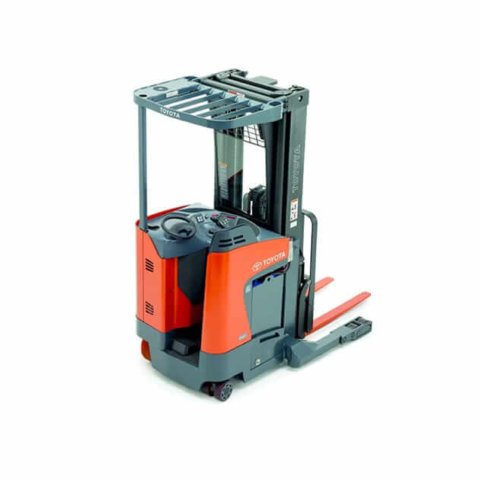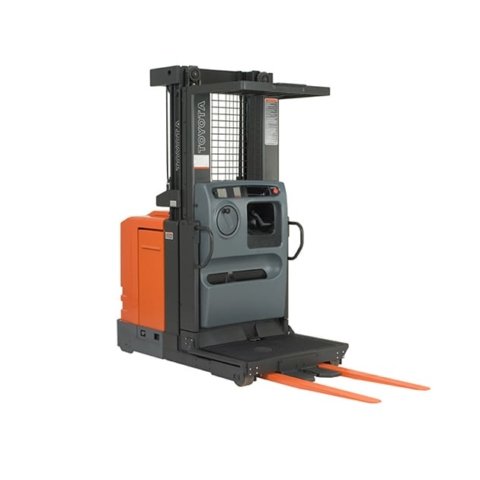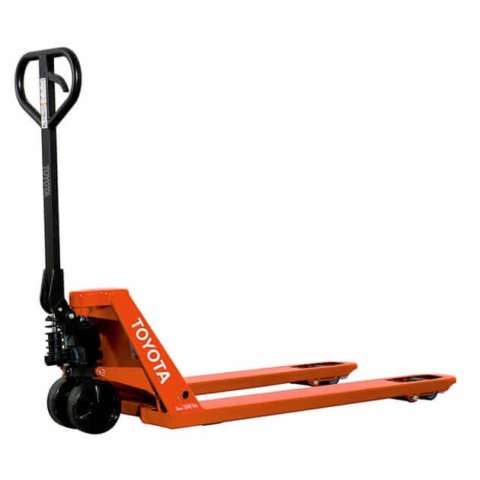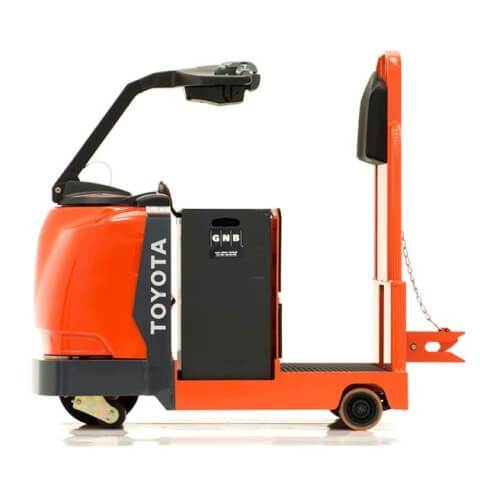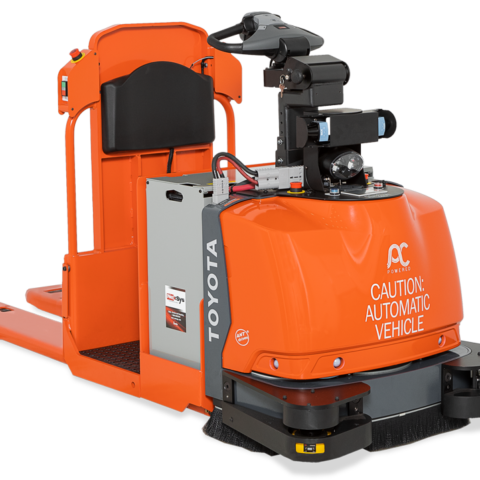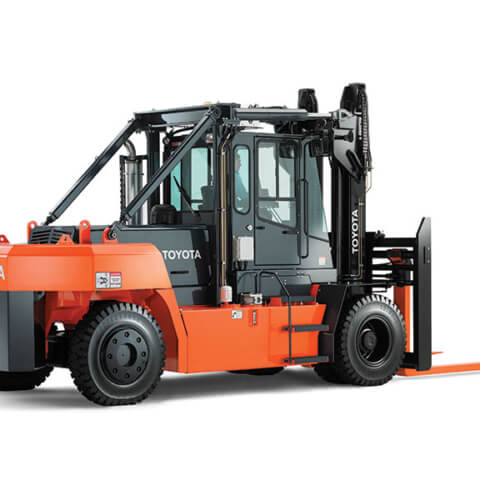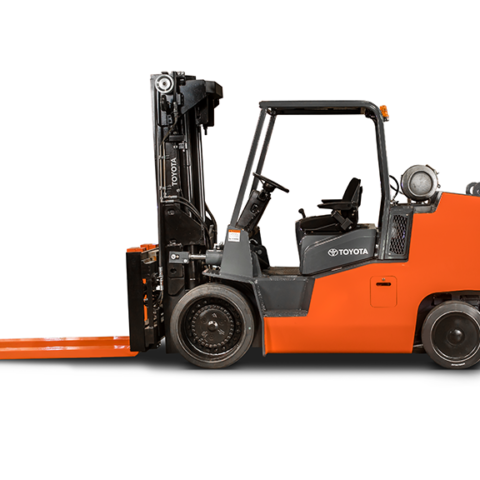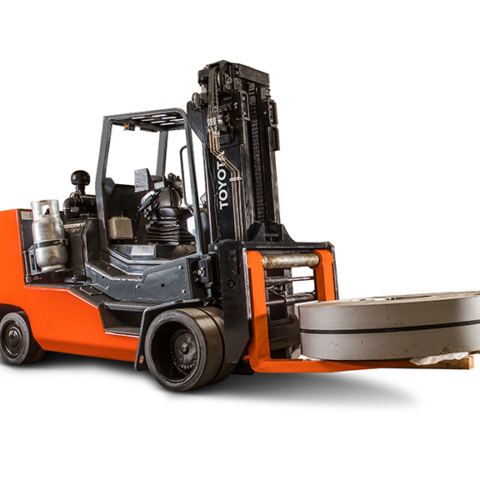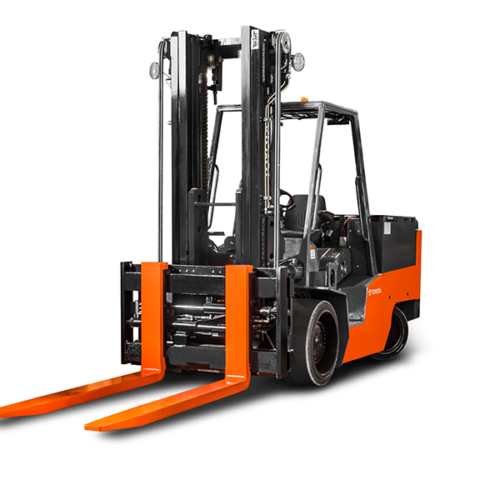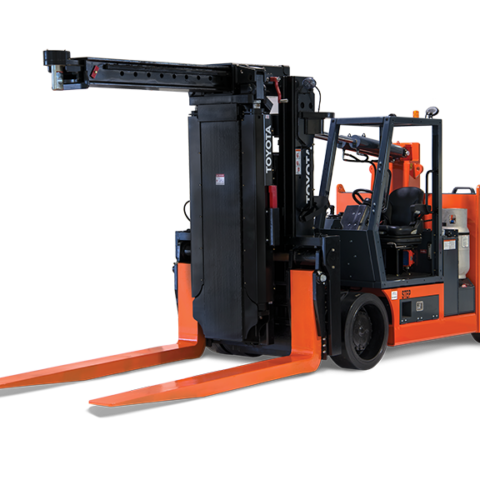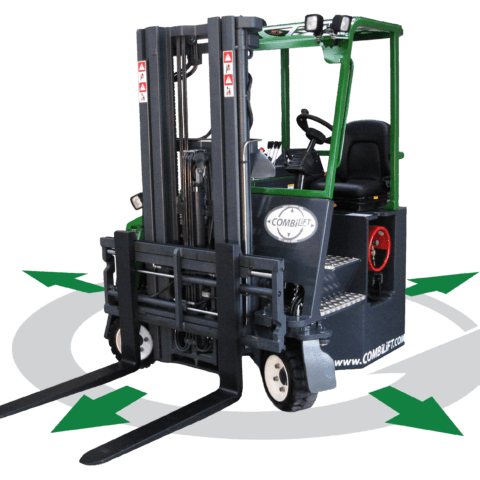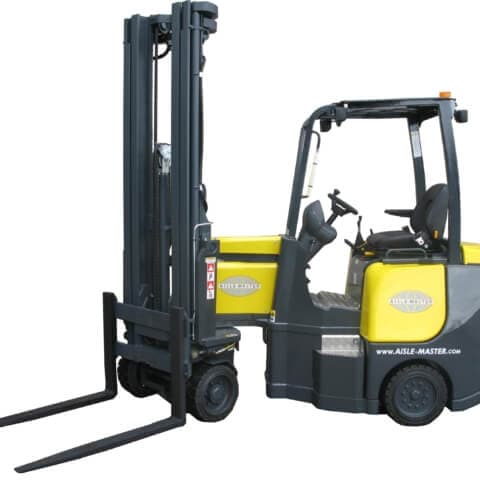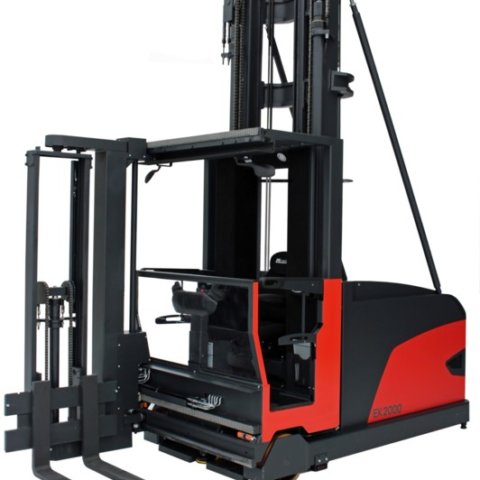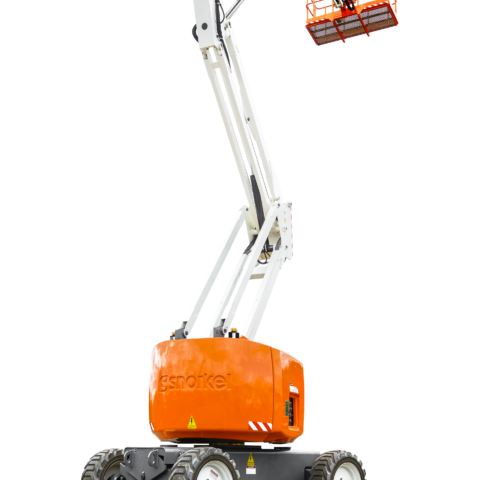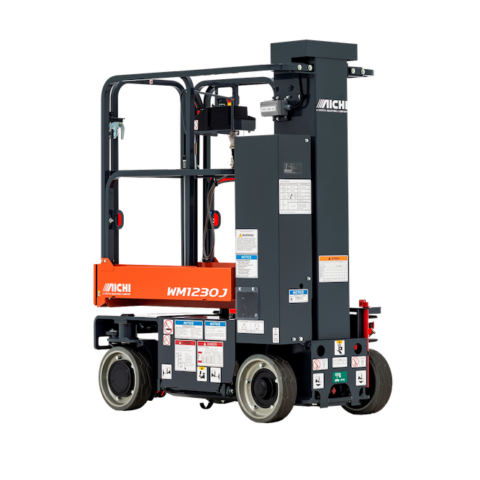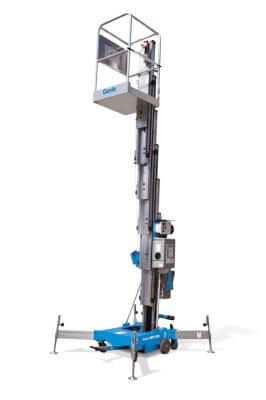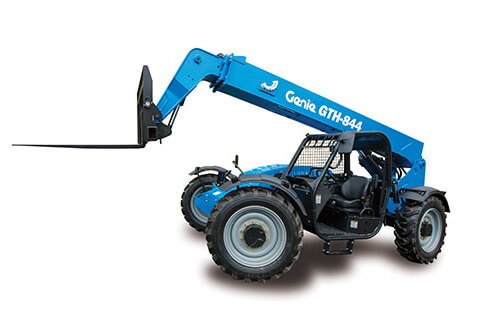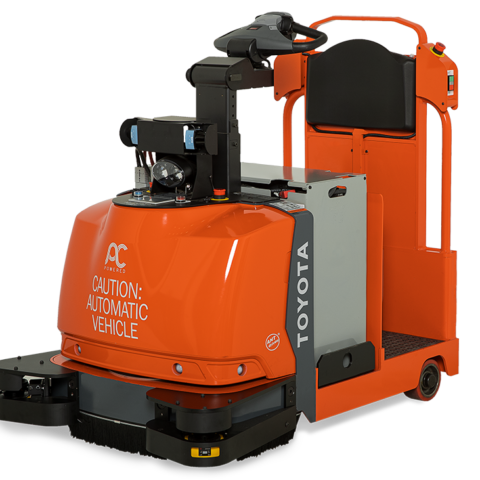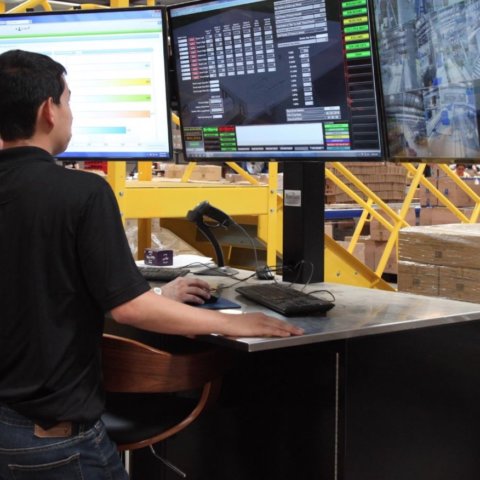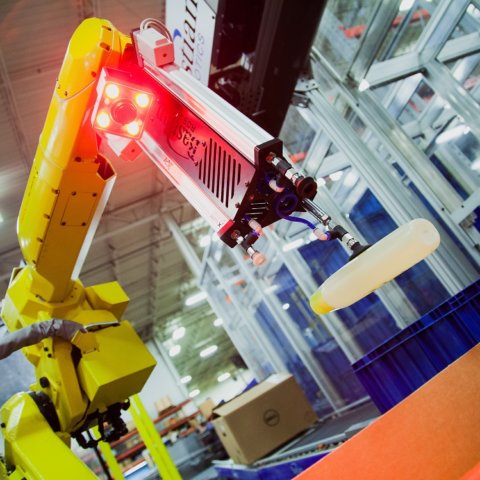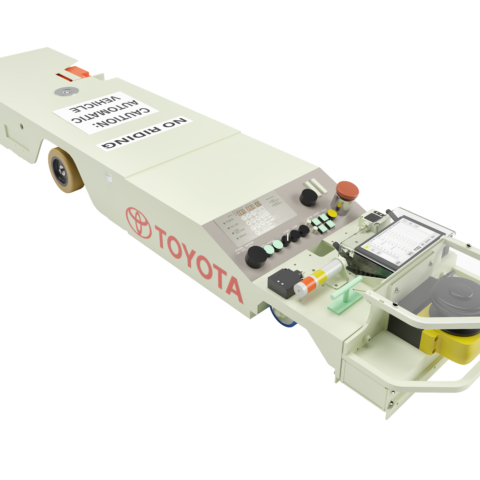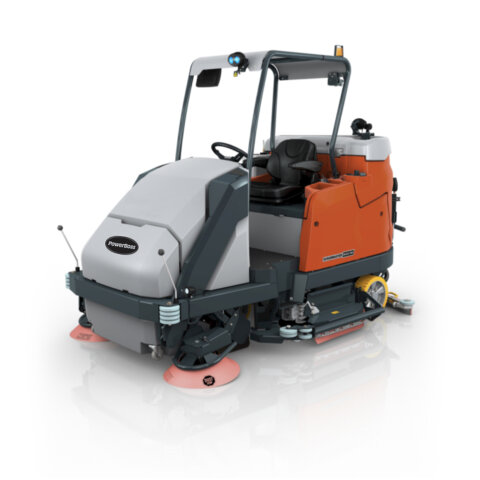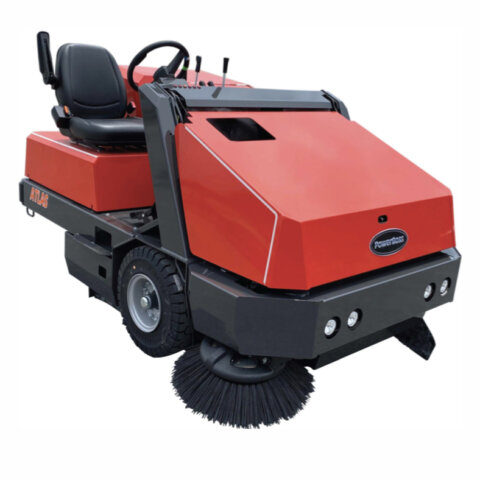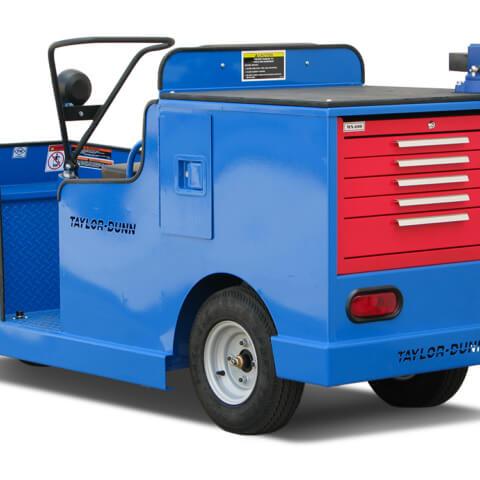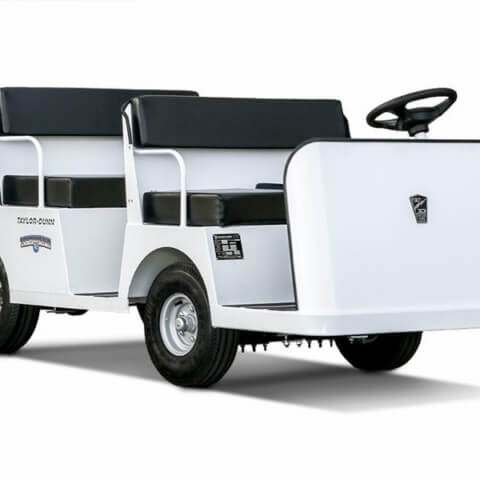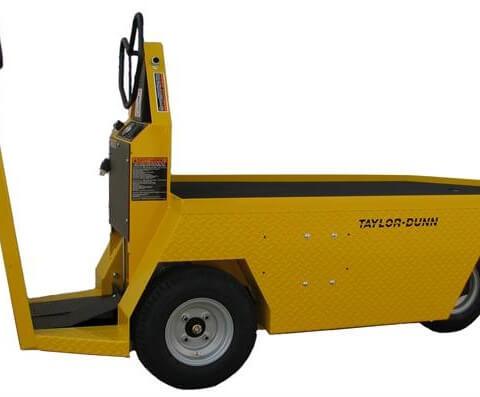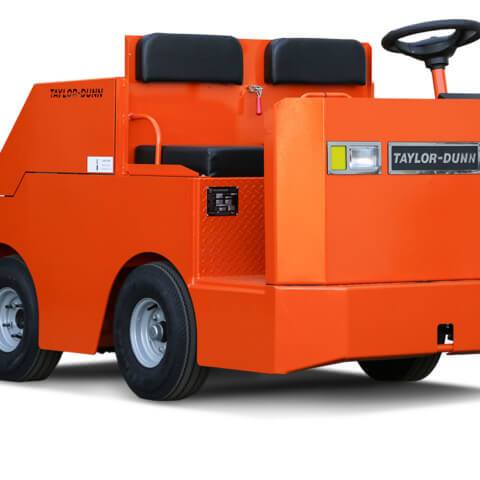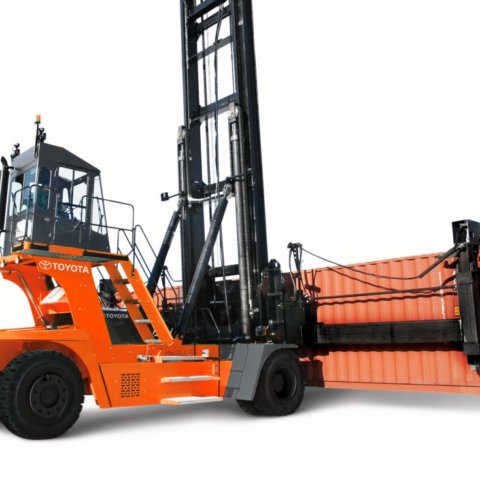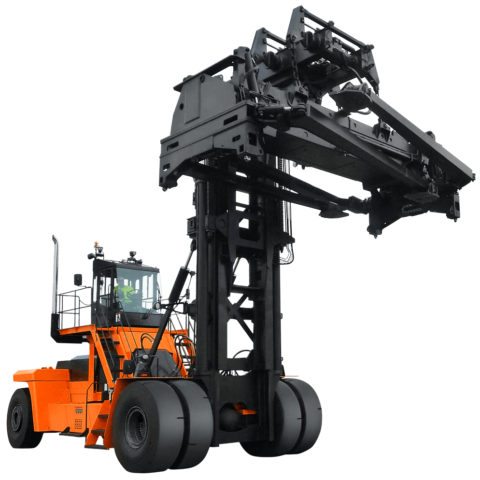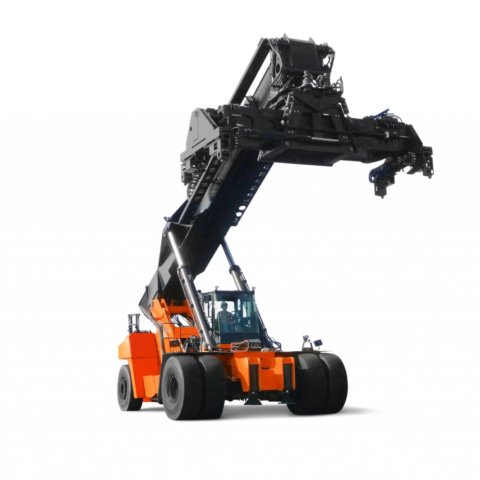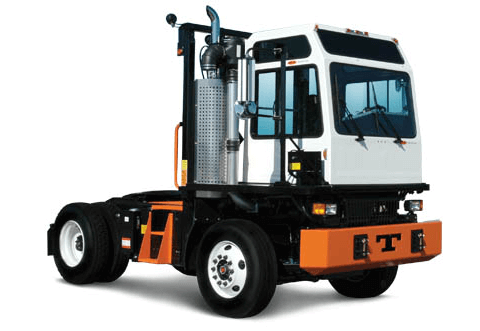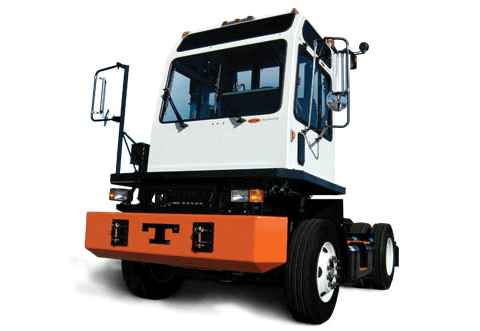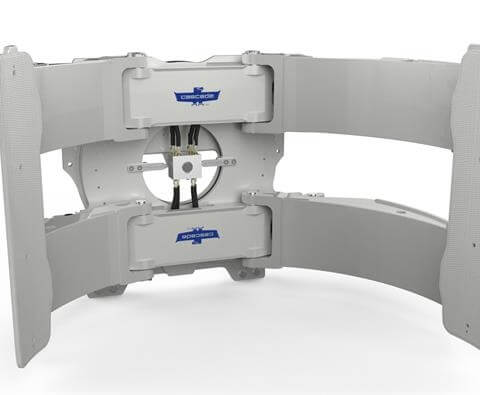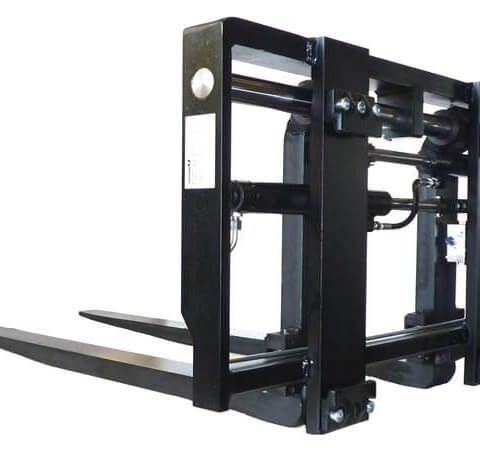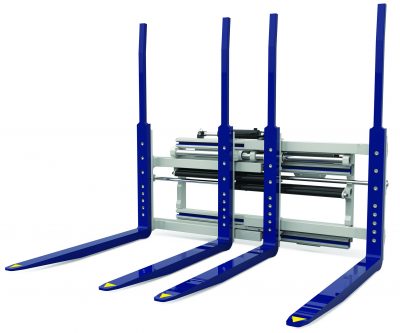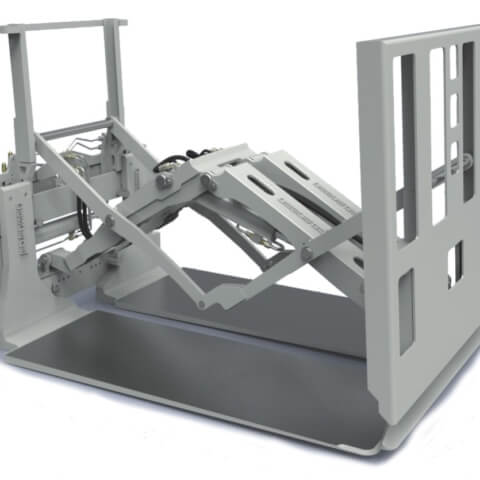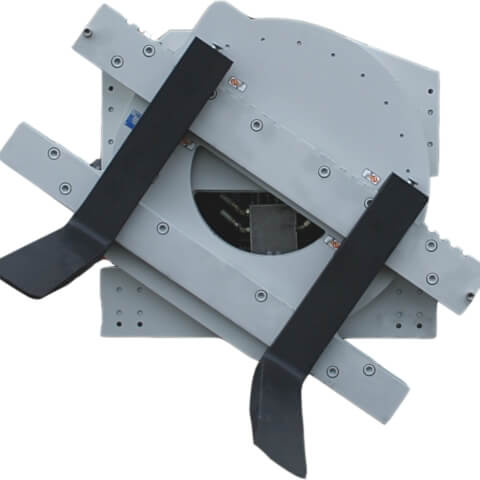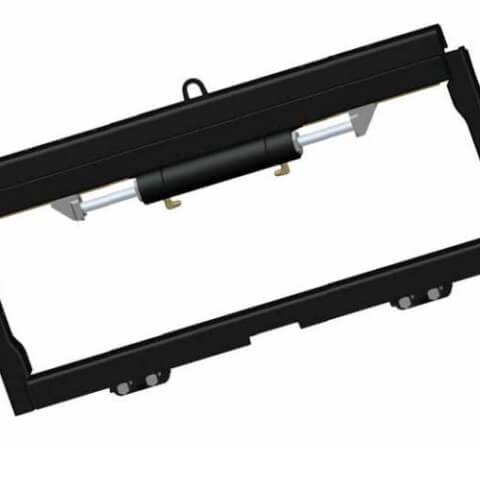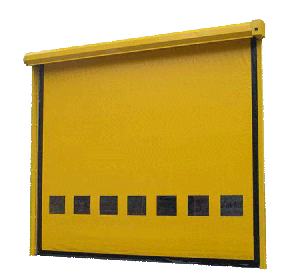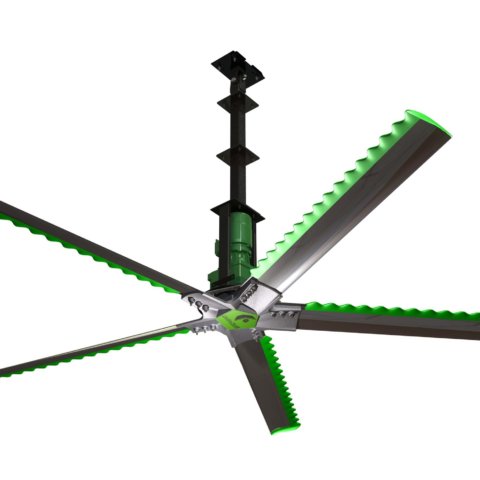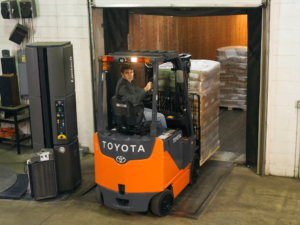
Contact ProLift to speak to our safety specialist about training materials & classes! CONTACT PROLIFT
Training is required prior to an operator using a forklift. Some trainers and companies have opted to use forklift safety training videos to meet requirements. But, does a safety video qualify as forklift safety training?
OSHA Guideline for Forklift Safety Training
Per 1910.178(l)(2)(ii), “Training shall consist of a combination of formal instruction (e.g., lecture, discussion, interactive computer learning, video tape, written material), practical training (demonstrations performed by the trainer and practical exercises performed by the trainee), and evaluation of the operator’s performance in the workplace.”
Formal training, sometimes called classroom training, combined with practical instruction helps the forklift operator comprehend and use the information to safely operate equipment. Training can take place at the workplace or another location, as long as it includes formal and practical methods. More tips and methods are provided online by OSHA.
Forklift Safety Training Videos & Materials
In many instances, the company’s trainer is a supervisor that is responsible for several employees and processes. The creation of a forklift safety training program and scheduling time with operators can be a struggle. For consistent, repeatable training, a trainer can conduct training with the use of the forklift and its operator manual. The operator manual will address all warnings and instructions for the equipment.
Ideally the company will provide a budget to the trainer to invest in a thorough program. Trainers can use a variety of materials to enhance learning, including forklift safety training videos. Visual aids can break up the monotony of formal training, keeping employees more attentive and decreasing the need for a trainer to provide a lengthy explanation about the forklift features or operation. Other popular materials are: online videos, pictures, news articles, case studies or a forklift miniature.
Limitations of a Safety Video
Pressing the play button on a safety video creates limitations and cannot stand alone as a company’s forklift safety training program.
- No interaction. The employee does not have a trainer available to gain clarification or ask questions. It can be difficult for a forklift operator to relearn information and apply it correctly.
- Too general. Forklift safety training videos can provide general information but will never address site-specific hazards. Training should include site-specific rules, operating issues and expected processes.
- Lacks hands-on. Practical, hands-on instruction on specific equipment under supervision is required during initial and refresher training.
- Attention span. Employees viewing a safety video may experience distractions, fatigue and decreased attention span. A trainer can combat this will materials, small breaks and test questions.
For help with forklift safety training videos, material and classes, call ProLift! Our safety specialist can answer your questions about the materials and classes that work best for your company.
Contact Safety Specialist

